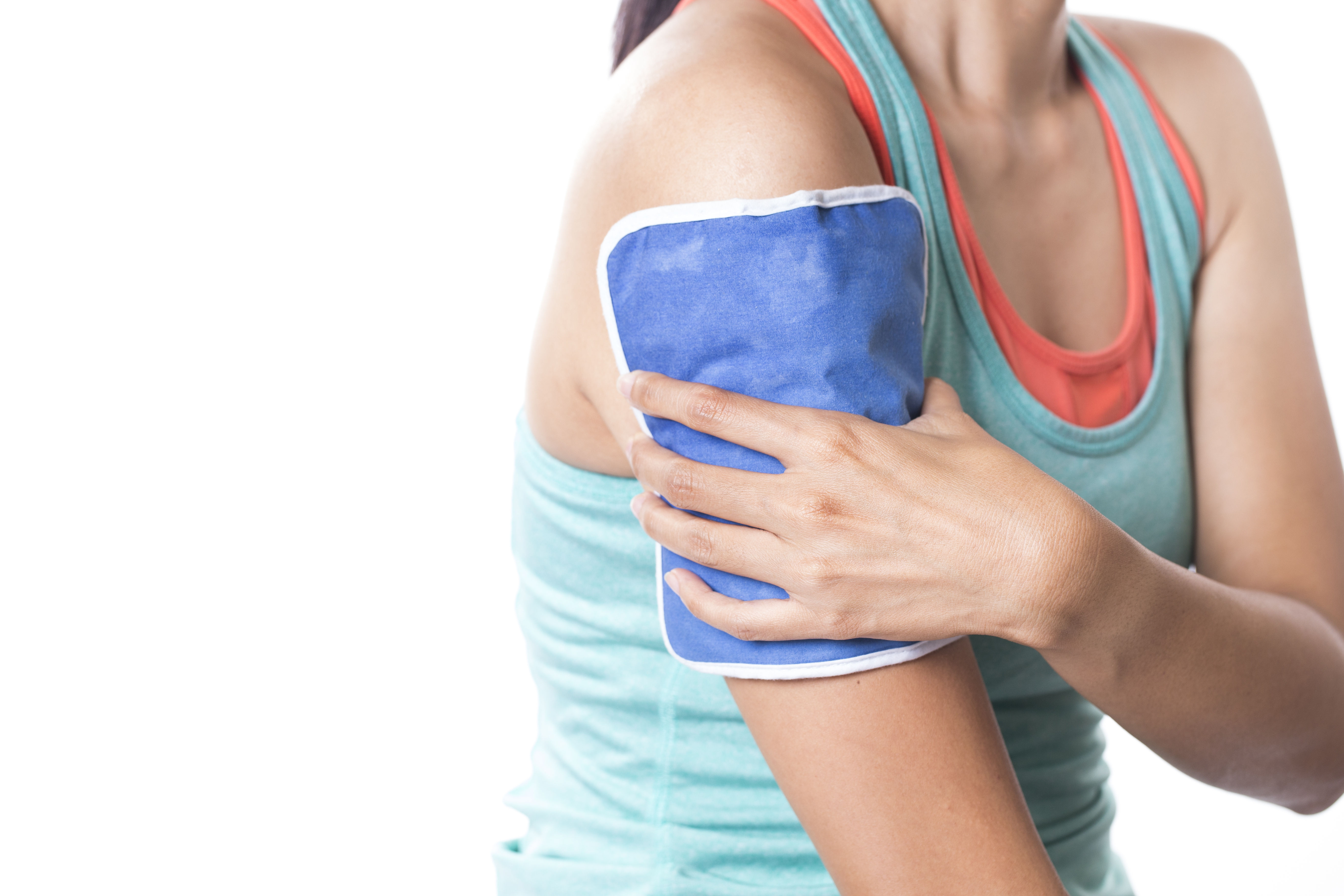To relieve pain, swelling, and inflammation from injuries and other conditions like arthritis, ice and cold packs are great first aid treatments. For home treatment, apply an ice pack wrapped in a towel or ice bath to the affected area. You should never apply a frozen item directly to the skin, as it can cause damage to the skin and tissues. After an injury, apply cold treatment as soon as possible to reduce inflammation and swelling.
Using cold therapy for short periods for several times a day. Ten to fifteen minutes is okay, while more than 20 minutes of cold treatment is not advisable as it might cause nerve, tissue, and skin damage. For best results, you can elevate the affected area.


